The growing concern about a potential surge of COVID-19, combined with the seasonal flu, and RSV cases in the U.S. has many employers questioning if they are prepared, as Forbes and The New York Times have recently reported. Many employers continue implementing return-to-office policies, but are now seeking guidance in navigating this process, factoring in the rising uncertainty surrounding this new situation.
Catapult HR Advisor Linda Hunter shares some best practices for navigating this fluid situation:
Update Your Company Policies
- Review your communicable disease policy
Many employers benefit from having a communicable disease policy in place. It allows for quick response to any threat and protects employees through established procedures.
- Review your WFH (work from home) policy
Updating your remote work policy will allow you to pivot as needed throughout the season to mitigate the risk for in-person employees.
- Review your PTO or other time off plans
Employers are not required to give employees separate paid time off for communicable illnesses, but they can choose to do so at their expense. It is recommended to review your PTO or other time off policy now, rather than later, to save time and be prepared for future circumstances that may arise.
Address issues such as:
- Will you require employees to stay out of work for a prescribed amount of time if they contract a virus or come into contact with one? It is wise to assume that everyone is exposed both in and out of work during cold/flu/virus season.
- How will you address employees that do not have enough paid time off to cover these absences?
- How will attendance policies be affected?
- Will you require that employees report cases of COVID-19, flu, or other viruses to you? Keep in mind that employers must adhere to medical record confidentiality. There are no requirements that you collect this information and contact tracing is no longer in play.
Encourage Preventative Actions
- Remind your employees about risk mitigators
Through companywide communication, employers can remind employees of preventative measures they can take to reduce risk, including social distancing, encouraging the use of masks, and proper hygiene such as hand washing. Many employers use posters to encourage preventative habits. Find more information on preventative actions here.
- Encourage up-to-date vaccinations
The U.S. Food and Drug Administration recently approved an updated round of COVID-19 boosters that target the recent strains. Employers can encourage employees to get the most up-to-date vaccines as an additional preventative measure that helps protect themselves and others.
Follow National Guidelines and Suggestions
- Follow current CDC guidance and county COVID-19 hospital admission levels
It is advised to check the CDC website frequently to stay updated and well-prepared for the future. Employers can also determine the level of COVID-19 cases in their area and use this knowledge to guide their actions in addressing the threat.
- Check specifics for your industry
In certain industries, employers may need to adhere more closely to CDC updates. Healthcare organizations and educational institutions are particularly susceptible to these threats and are often the first to respond. Employers should consider their industry and the potential impact of this threat.
As HR professionals, we are always adapting to the latest changes, circumstances, and trends. Gain confidence in your preparedness with the support of our expert HR Advice Team.
Enjoy greater confidence and compliance with experienced HR advice, employment law advice, and a range of resources to support your business needs. Unlock the benefits of Catapult membership today.

